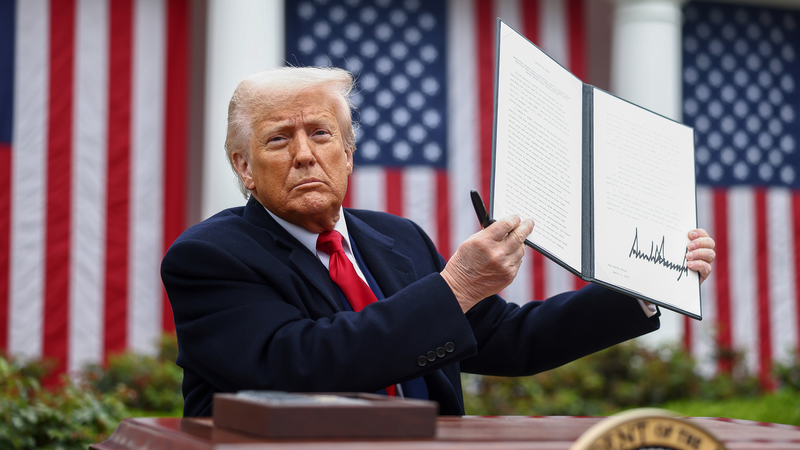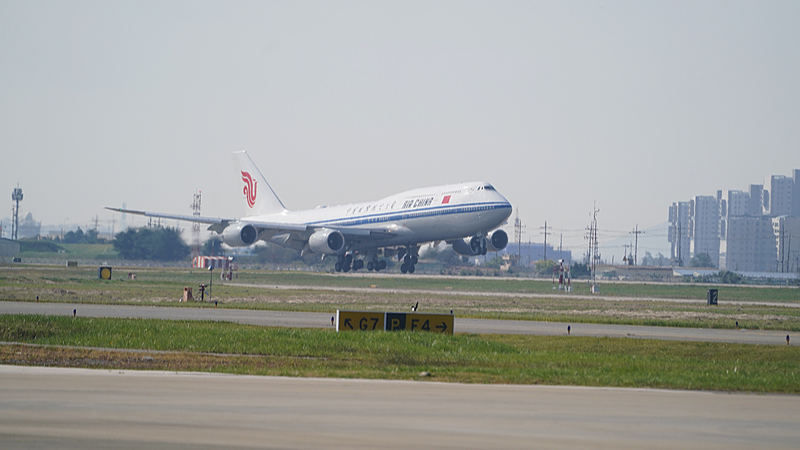As the US steps up reciprocal tariffs against key partners, businesses and consumers around the world are bracing for the fallout. What started as a tit-for-tat measure risks triggering a cycle of trade barriers that could slow growth and raise costs far beyond US borders.
What are reciprocal tariffs? Under this strategy, import duties are matched dollar-for-dollar on goods from countries that impose similar tariffs on US exports. While it may seem like a straightforward response, the reality is more complex—and potentially more damaging.
Ripple effects on supply chains Global supply chains are intricately linked. When tariffs are added to critical inputs like steel or electronics, manufacturers face higher production costs. Early signals show that some small and medium enterprises are already adjusting prices, passing the burden onto end consumers.
Slowing global trade and investment Economists caution that escalating barriers could undermine trade flows across G20 markets. With uncertainty on the rise, companies may delay investment decisions or shift operations to markets with more stable access, impacting jobs and innovation worldwide.
Wider economic and social risks Beyond higher prices at the checkout, prolonged trade tensions risk fueling inflationary pressures and eroding consumer confidence. For digitally savvy young shoppers and entrepreneurs, the ripple effects could mean fewer choices and pricier tech gadgets.
Looking ahead Experts suggest that dialogue and coordinated policy, rather than tit-for-tat tariffs, offer a more sustainable path. As the global economy seeks balance, the risk of a self-inflicted slowdown underscores the need for collaboration over confrontation.
Reference(s):
cgtn.com




